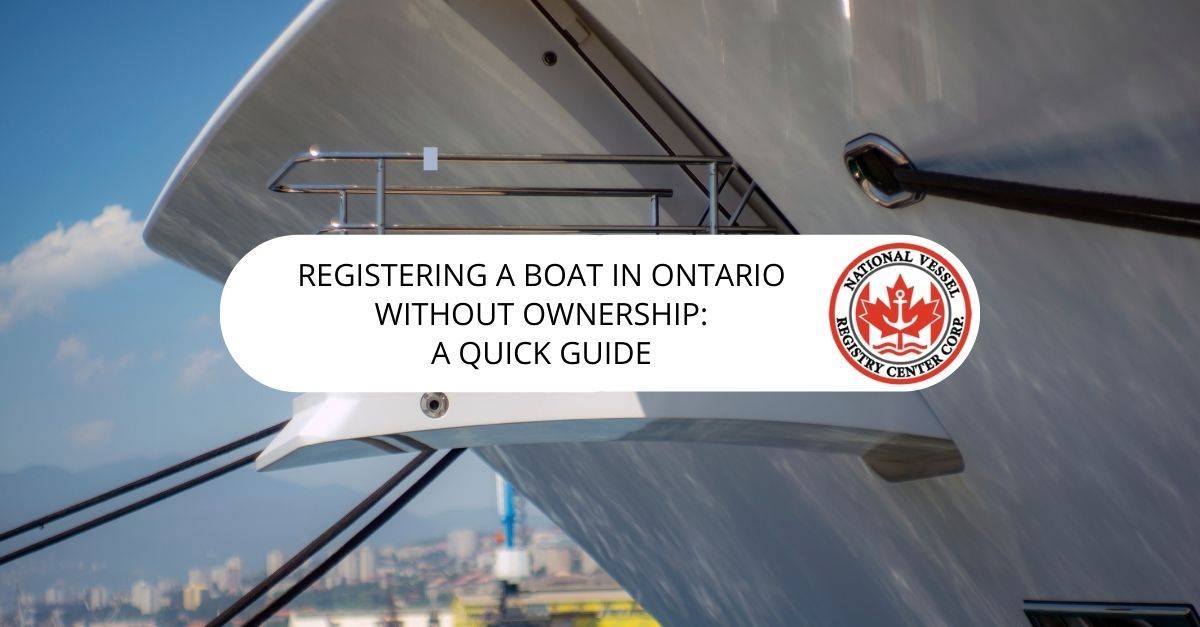Registering a Boat: No Paperwork Needed!

Registering a boat is often seen as a cumbersome process, fraught with paperwork and lengthy waiting periods. However, with the advent of digital solutions and streamlined government services, the process has become considerably more straightforward. This guide will walk you through how to register your boat without any physical paperwork, making the experience as hassle-free as possible.
Why Register Your Boat?

Boat registration isn’t just a legal requirement in many regions; it serves several practical purposes:
- Safety and Accountability: In case of theft, accidents, or any emergencies, a registered boat can be easily identified, providing peace of mind and safety for both boat owners and authorities.
- Ownership Proof: Having a registered boat ensures you have legal proof of ownership, which is crucial for selling, insuring, or transferring the vessel.
- Access to Waterways: Registration might be required to navigate certain bodies of water or to use public facilities like docks or marinas.
How to Register Your Boat Without Paperwork

1. Understanding Local Laws

First, familiarize yourself with the registration requirements for your specific location:
- Check if your boat needs to be registered based on its length, type, and usage.
- Identify the governing body responsible for boat registration, often the state or national maritime authority.
2. Online Registration Portal

The most straightforward way to avoid paperwork is through an online registration portal:
- Visit the appropriate government website where you can initiate the registration process.
- Ensure you have all the necessary documents in digital format. These typically include:
- Proof of ownership or purchase
- Bill of Sale
- Manufacturer’s Statement of Origin if it’s a new boat
- Follow the steps on the website to upload documents and fill out the required forms.
3. Gathering Digital Documents

You’ll need the following digital documents:
- Identity Proof: A driver’s license or passport scan.
- Proof of Residency: Utility bill or other residency documents.
- Boat Details: Hull identification number (HIN), make, model, year, and length of the boat.
- Purchase Documents: Scans or photos of all relevant purchase or ownership documents.
4. Payment and Processing

Once your documents are uploaded:
- Complete the payment for the registration fees online. Most agencies accept credit cards, e-checks, or digital payment methods.
- After payment, you’ll receive a confirmation email with your registration number, which acts as a temporary registration until you receive your physical documents.
5. Digital Receipt and Certificate

Following the confirmation, you will:
- Receive a digital certificate of registration, which you can carry on your mobile device or print out.
- Get notified once your physical certificate is mailed to you.
Additional Tips for a Seamless Registration Process

- Early Submission: Start the registration process well before your intended boating season or as soon as you purchase a new or used boat.
- Check for Updates: Laws and regulations can change; make sure your information is current.
- Digital Signatures: Some portals require digital signatures. Ensure your documents are digitally signed if necessary.
- Backup Documentation: Keep backups of all your digital documents in case of system failures or lost files.
Common Challenges and Solutions

| Issue | Solution |
|---|---|
| No Online Portal Available | Contact your local marine authority for alternative digital options or guidance on paperless registration. |
| Technical Issues | Ensure you have a stable internet connection, and save your work frequently to avoid data loss. |
| Missing Documents | Communicate with the seller or previous owner to obtain missing documents or request replacements from issuing bodies. |

🔍 Note: Always double-check the information provided in the digital registration forms for accuracy to prevent delays or rejection.
In summary, registering your boat without the need for physical paperwork has become easier thanks to digital advancements. By understanding local laws, using online registration portals, ensuring you have all necessary digital documents, and following payment processes, you can efficiently navigate through this process. Remember to keep your digital registration documents accessible, check for updates, and always have backups. This streamlined approach not only saves time but also contributes to reducing your environmental footprint by minimizing paper use.
How long does it take to register a boat online?

+
The time can vary depending on jurisdiction, but usually, you receive a temporary registration confirmation immediately, with physical documents arriving in 1-3 weeks.
Can I use my boat while waiting for registration?

+
Some places allow for a temporary registration or a digital confirmation that you can use until you receive your official registration documents.
What if I lose my digital registration certificate?

+
You can usually retrieve a copy from the online portal or contact the issuing agency to request a duplicate. Keep backups of all your registration documents.



